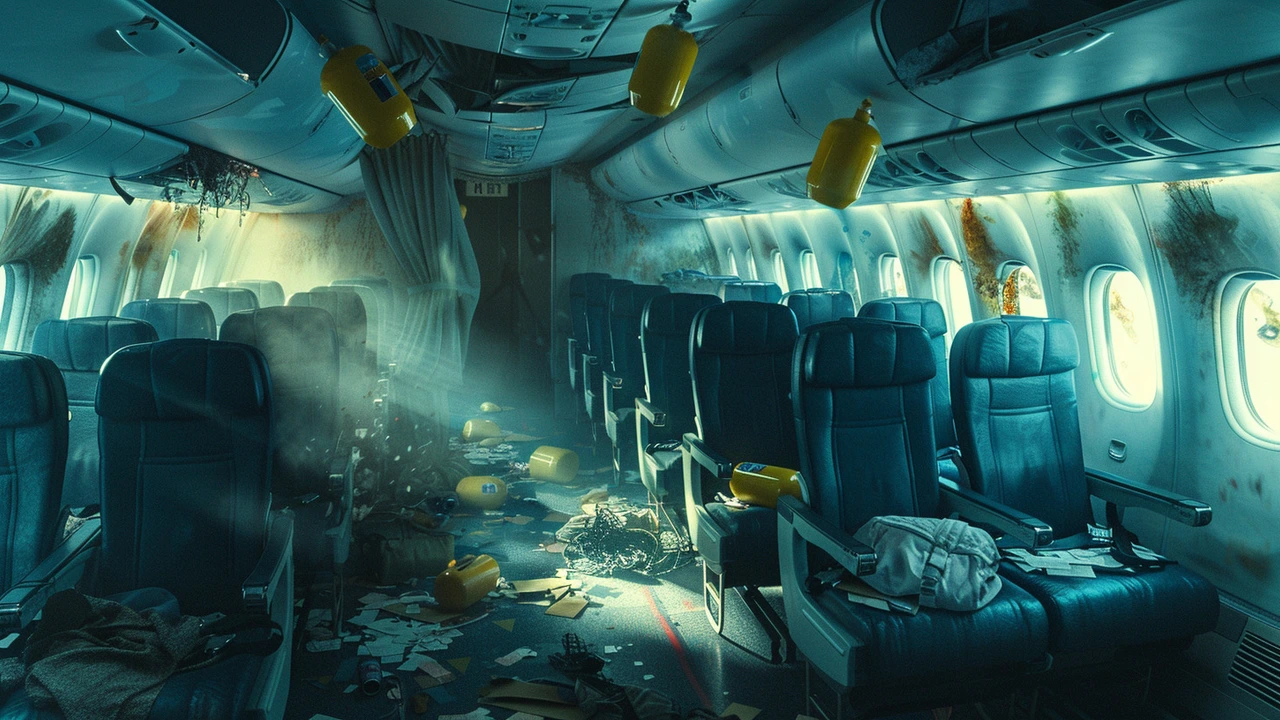Severe Turbulence: What You Need to Know and Do
Severe turbulence is scary because it can come without warning and toss people and items around the cabin. It’s more than a shaky ride — it’s the kind of turbulence that can cause injuries if you’re not buckled in. Knowing what causes it and how crews respond makes you safer and calmer when it happens.
What causes severe turbulence?
There are a few common causes. Clear-air turbulence (CAT) happens near jet streams and usually shows up on smooth, sunny days — pilots can’t see it on radar. Thunderstorms and convective cells create strong up- and down-drafts that produce violent bumps. Mountain waves push air upward and then down in powerful bursts. Finally, wake turbulence from big aircraft can be dangerous if you’re too close behind them during takeoff or landing.
Pilots use weather radar, satellite data, and pilot reports (PIREPs) to avoid trouble, but not every patch is detectable. That’s why the seatbelt sign and crew instructions matter so much.
What to do before and during severe turbulence
Before takeoff: pick a seat over the wing if you want less motion — that area feels more stable. Keep your seatbelt fastened low and tight whenever seated, even if the sign is off. Stow loose items under the seat, secure electronics, and keep prescriptions or essential items in a reachable place.
If the seatbelt sign comes on, sit down immediately. If you’re standing, return to your seat as fast and safely as possible and buckle up. During sudden severe turbulence, hold the seat armrests and keep your head down to avoid hitting the overhead bins. If you’re traveling with children, strap them in first and keep them close. Avoid opening overhead bins during turbulence — falling luggage causes most injuries.
Brace positions: for short, intense drops, bend forward and protect your head and chest with your arms. Follow crew instructions — they train for these events and will tell you when to brace or stay seated.
If you’re anxious, try focused breathing: slow inhales through the nose, slow exhales through the mouth. Distract yourself with music or a show, and avoid alcohol or heavy caffeine, which can worsen anxiety.
After turbulence: if anyone is injured, alert the crew right away. Flight attendants have first-aid kits and can coordinate medical help on landing. If you feel delayed symptoms like severe pain or dizziness after deplaning, seek medical attention quickly.
Reporting helps everyone. Let crew know details about location and timing so pilots can file or update PIREPs. That information warns other flights and improves charts and forecasting over time.
Severe turbulence is frightening, but knowing the causes and following simple safety steps — buckle up, secure items, follow crew orders — cuts your risk dramatically. Stay calm, stay buckled, and listen to the crew.
